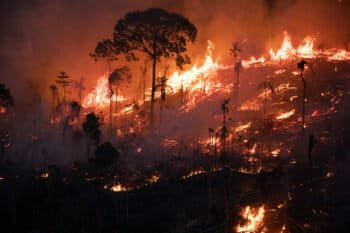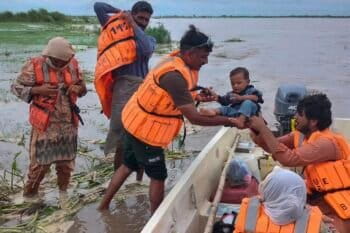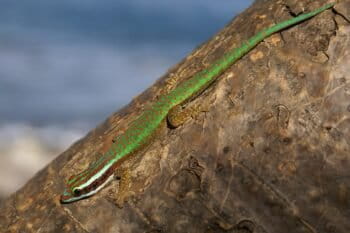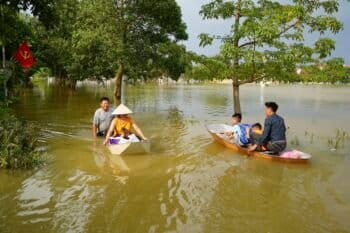The Democratic Republic of Congo has banned the capture and trade of African gray parrots nationally, protecting one of the world’s most trafficked birds, according to a national decree signed Aug. 13.
Gray parrots (Psittacus erithacus), known for their intelligence and mimicry skills, are widely trapped from the wild for the international pet trade. This has decimated their populations across their range in Africa, including in DRC, where the birds have been partially protected since 2006.
Gray parrots were assessed as endangered on the IUCN Red List in 2016, and were added to Appendix I of CITES, the global wildlife trade treaty, banning the international commercial trade in the species. The DRC government, however, entered a “reservation” to the CITES listing, declaring it would continue exporting gray parrots, said Terese Hart of the NGO Lukuru Foundation that works to protect the birds in the DRC.
Hart told Mongabay that her group’s monitoring of the airport at Kisangani, a major city in eastern DRC, showed that gray parrot shipments initially decreased after 2016, but then rose steadily, surpassing pre-ban numbers.
“Mortality rates of 65-70% throughout the commercial chain mean that that for every parrot exported, two additional birds were also captured and removed from the wild, but did not survive,” she said.
To halt the overexploitation of gray parrots, three provinces key in DRC’s parrot trade recently banned their capture and trade within their limits. This set a precedent for the environment ministry to issue a national decree banning all domestic trade in the birds, Hart said, potentially closing a loophole used in other wildlife trade to hide illegal wildlife exports.
Wildlife trade researcher Neil D’Cruze from the nonprofit Canopy told Mongabay that the new national decree, if effectively enforced, could bring enormous benefits for both conservation and animal welfare. “It will also be important to extend protections to other parrot species that are often used to mask the smuggling of African greys, ensuring traffickers cannot simply switch tactics.”
However, one of the provisions in the original draft decree — to end the trade in red-fronted parrots (Poicephalus gulielmi), as all three provinces have done — was strongly opposed, Hart said. Traffickers often pass off African grays as red-fronted parrots, which can be legally exported from DRC. But protection for red-fronteds was ultimately withdrawn from the national decree, Hart said.
Official retraction of DRC’s reservation for the Appendix I CITES listing of gray parrots also faced opposition, Hart said, adding that traders use the reservation to claim DRC needn’t follow the treaty’s rules.
While the new national decree offers a rationale for the reservation’s retraction, a formal letter to CITES from DRC is further needed, said John Hart of Lukuru Foundation.
He added that his group’s priorities include the African gray’s insertion on DRC’s list of totally protected species. “The front door has been closed, so to speak; now, all the back doors must be fastened.”
Banner image: Gray parrot by L.Miguel Bugallo Sánchez via Wikimedia Commons (CCBY-SA3.0).





